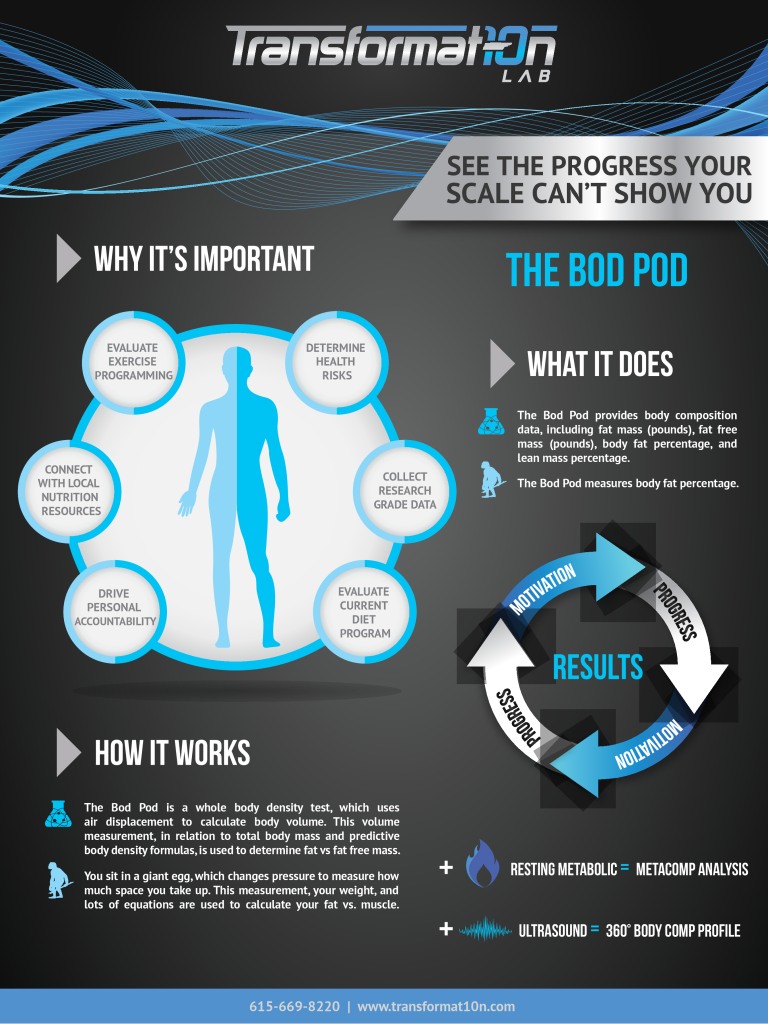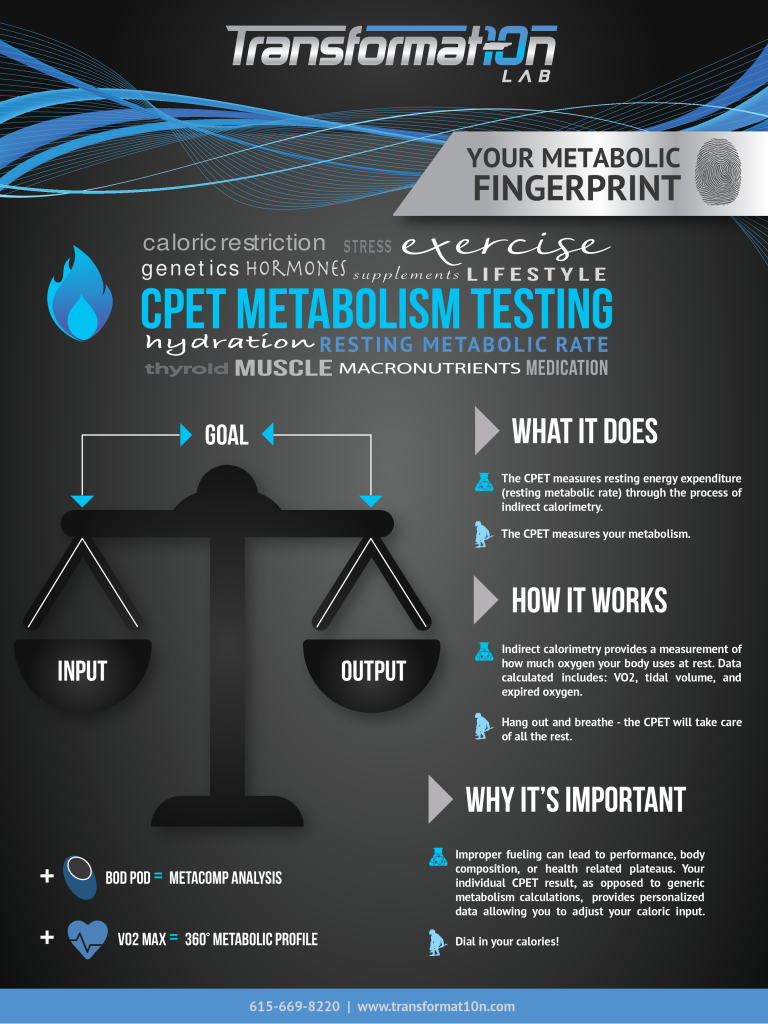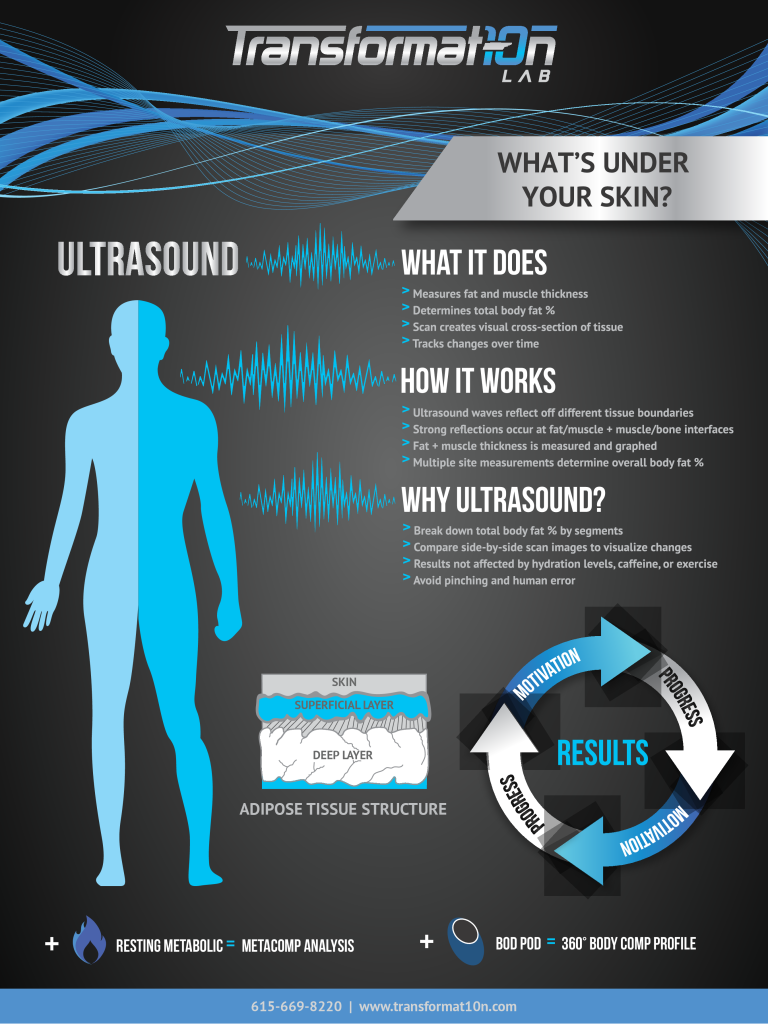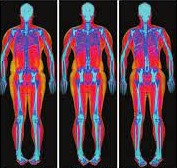Whatcha Macros?
You’ve heard it all.
“Fats have too many calories – go low fat!”
“No! Going low-carb is the way to lose fat – it will teach your body to burn fat.”
“You need MORE protein!”
“That’s TOO MUCH protein!”
If your head isn’t spinning after all that, kudos to you! If you are part of the 99% that struggles to navigate all the information on diets and macros out there, you are reading the right article.
Let’s start with protein.
First off, the recommended daily allowance (RDA) is .36 grams of protein per pound of body weight per day (grams/lb/day). This is set by the National Academy of Sciences and is designed to be the average daily nutrient intake sufficient to meet the nutrient needs of 97-98% of the population. Generally, this is the number people are referencing when they say it’s easy to meet protein intake or that most people are eating “too much” protein.
However, “sufficient to meet nutrient needs” and “optimal for exercising individuals wanting to improve body composition” are two different things.
For this, we call on the ISSN, one of the leading organizations for applied research regarding nutrition + exercise. The ISSN’s research review suggests a range of .64 to .91 grams/lb/day (2-3x the RDA) for most exercising individuals interested in maintaining or increasing muscle mass. There is some preliminary evidence that protein intakes as high as 1.4+ grams/lb/day may promote additional fat loss (when compared with a calorie-matched diet). This is likely due to the high thermic effect of protein.
For those wanting to experiment with upping your protein: for healthy/exercising individuals, studies have consistently shown that consumption up to 2.0 grams/lb/day (impractically high for most of us) has no harmful effects on kidney/liver function, blood panels, or metabolism. Always check with your doc if you have questions or a pre-existing condition.
Carbohydrates and Fat.
If you thought there were a lot of opinions on protein – starting a conversation on the remaining two macronutrients is akin to making a political post on Facebook – it’s gonna get heated!
Let’s examine the two “parties”:
Party A — Low fat, Moderate-to-high carbohydrate (LFD)
Not quite as noisy as they were 10+ years ago, this party stands behind carbohydrates making up 40-65% of total calorie intake and acting as the primary fuel source for our bodies. This party leans away from large amounts of fat consumption given its high caloric density, low thermic effect, and potential impact on cholesterol and other blood panel markers.
Party B — Moderate-to-high fat, Low carbohydrate (LCD)
This party has gained a lot more traction recently — touting benefits like increased fat oxidation, and the awesomeness of putting butter in your coffee. Furthermore, there’s a new villain in town: carbohydrates. These insulin-spiking-bad-news-bears are single handedly causing waistlines to expand and, according this party, better be less than 20% of your total caloric intake.
And the winning party for fat loss and body composition is…
Womp, womp… it’s a draw — so far at least.
See, Party A missed out on the fact that we don’t really need carbohydrates in our diet and that if calories are controlled properly, we can see good results without them. Our bodies can also utilize other fuel sources effectively enough in the absence of carbohydrates.
Party B failed to realize that even though a LCD will initially lead to a shift in greater fat oxidation (fat burning), it does not necessarily equate to more negative net fat balance (the amount of fat that is burned as compared to the amount of fat that is consumed/stored). Put in plain English — our body is pretty darn good at adapting to burn what we give it.
So what gives? While it sounds like a lot of “it doesn’t matter” is coming from us, we do believe there are some reasons to lean one way or the other. The ability to feel full/satiated, varying carbohydrate tolerance (insulin sensitivity), hormone function, workout demands, food intolerances, health conditions, and personal preferences are all valid reasons why someone may shoot for a higher consumption of fat or carbohydrates.
But at the end of the day, it’s a pretty freeing feeling to know that you don’t have to conform to a certain diet in order to lose fat and/or gain muscle. In fact, you have the autonomy to figure out what works the best for you, what foods you enjoy, and ultimately how your nutrition will compliment your journey (long-term goal).
Here’s an easy way to calculate a starter macros breakdown:
A. Calculate total calorie needs (if you need help here, try this calculator for a good starting point)
B. Calculate protein intake in grams (start at .7 to 1.2 grams/lb/day) *multiply this number by 4 to get total protein calories
C. Subtract protein calorie number from total calorie goal
D. Take the remaining calories and split them up between fat and carbohydrates, as preferred **it is recommended to get a minimum of 20% of total calories from fat as levels below this can cause negative health effects.
- LCD –> 60-80% of remaining calories from fat
- Balanced –> 40-60% of remaining calories from fat, 40-60% from carbohydrates
- LFD –>60-70% of remaining calories from carbohydrates (as mentioned above, make sure at least 20% of total calories or a minimum 35–40 grams/day are still coming from fats)
E. Divide your total carbohydrate calories by 4, and your total fat calories by 9 (to get grams)
Wa-la! You are on your way.
What if tracking/logging is not for me?
If tracking/logging calories isn’t right for you in this season (or at all), there is an brilliant alternative. Precision Nutrition’s hand portion infographic provides an excellent way to maintain a consistent macronutrient intake without the tedious nature of logging — all you need is your hand.
As you gain experience with this approach, you can adjust or modify your targets based on how your body is responding or if there is a change in your primary goal. Note: even if you do enjoy logging, this is worth getting familiar with as it can be an excellent option for use while traveling or during brutal work weeks.
Kurt Lockhart
CISSN, ACSM-CPT





